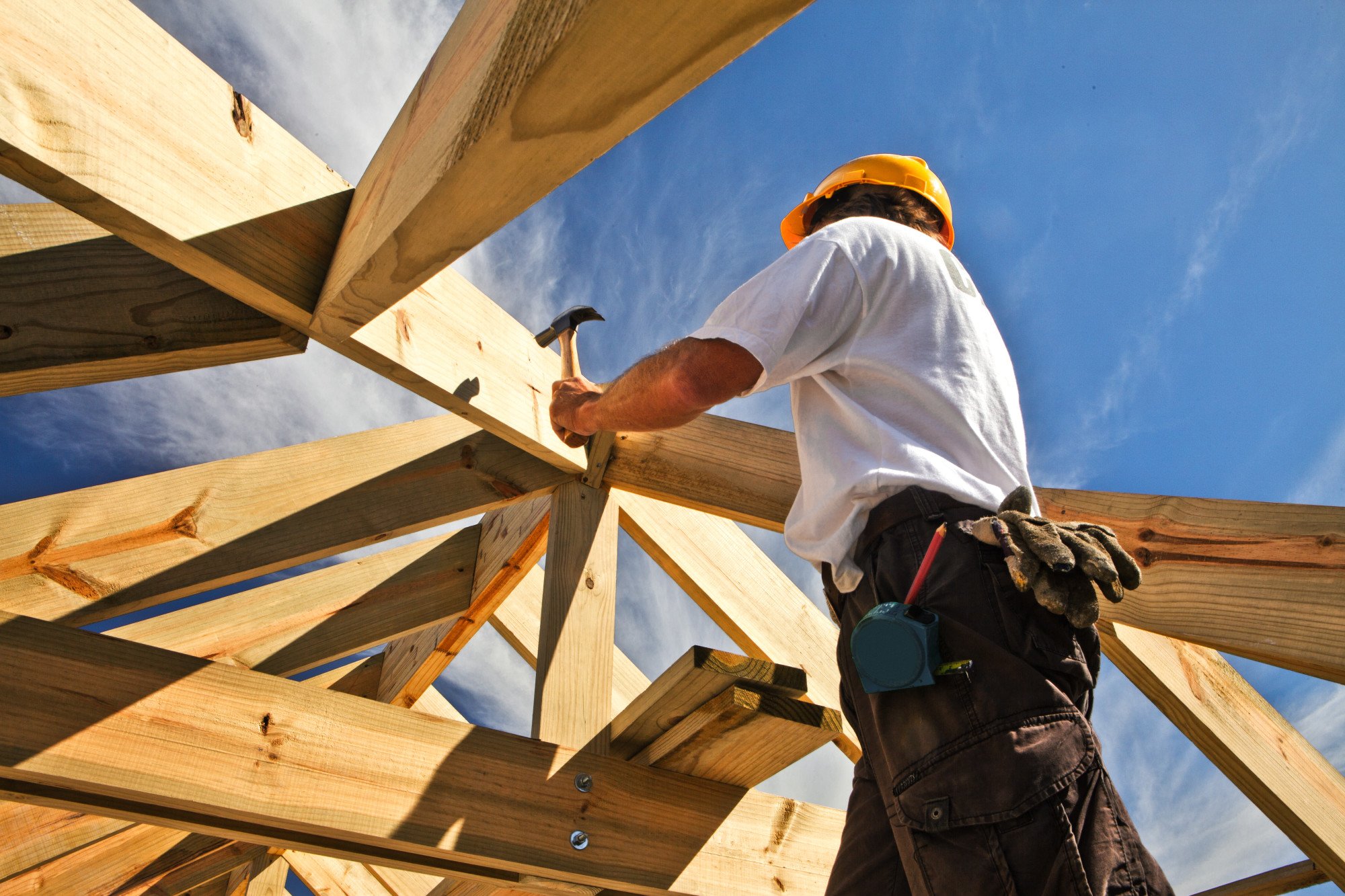Advantages and Disadvantages of Using Timber Frame Buildings

Timber frame houses are built to have the most authentic look and the ability to withstand the harshest elements. These houses are generally constructed on larger lots with more open space than a house built on a small piece of land, because the extra space takes advantage of all the natural features that make a big difference. Large pieces of land tend to be expensive, but a large piece of land surrounded by trees can be bought for a lot less money than an area that is similarly sized without any trees. A good rule of thumb for buying land is one quarter the size of the lot, but some areas will have more restricted land availability than this calculation does.
The foundation for timber frame buildings is the ground and this is usually made up of gravel or soil. The gravel is filled during construction so it is not visible from the outside but when digging foundations for foundation walls it is important to cover the excavated area with timber before workers begin digging. This gives a good seal to the ground and makes it much easier to dig afterwards. Once the ground is ready, the timbers are brought to the site and laid out with precision, according to the plans. There are two methods of cutting timbers for the foundation wall; the super method and the mortise and tenon method. This company offers the best timber framing solutions.
Although timber frame buildings are a sustainable and eco-friendly building material, they are not as strong as other building materials such as concrete or glass, so timbers tend to split after a few years. To avoid this splitting, a good quality cedar lumber is used. Cedar is an excellent wood for timbers because it has natural anti-fungal properties that make it very strong and insect resistant. As well as this, its grain makes it ideal for constructing large beams. It is also an excellent choice for making exterior timbers for external walls, because the wood has a naturally beautiful look that makes it stand out from other types of wood.
After the construction phase, maintenance for timber framing buildings is a lot easier than other construction materials because they do not rot or shrink after many years of being exposed to the weather. The outer surface of the timbers will not change color or change shape during rain, snow or sunshine. If you are looking for a maintenance-free building material, then timber build solutions is an excellent choice.
One disadvantage of timber frames is that they have a shorter lifespan than other construction materials such as stone, concrete and glass. Due to the shorter lifespan of timber frames, they require more maintenance compared to other structures. Timber frames still stand the test of time if you properly maintain them, but there is still the chance of them getting weak spots especially with heavy construction or weathering. However, with the proper maintenance, this building material can last a very long time, making it an ideal construction material for those building old historic buildings, or for homes that will be used by families for generations to come.
Timber frame construction does not require cutting, staining or drilling holes into the earth.
Instead, the frame is fastened together through the use of mortise and tenon joints, and it is also held together through the use of external hinges and slats. External hinges allow the boards to be sliding horizontally instead of vertically when they come together, ensuring that the timbers do not come apart even when the pressure of day is on. This type of framing also ensures that the framing comes together tightly, so that there are no gaps between the timbers. For more information about this topic, click here: https://en.wikipedia.org/wiki/Timber_framing.
